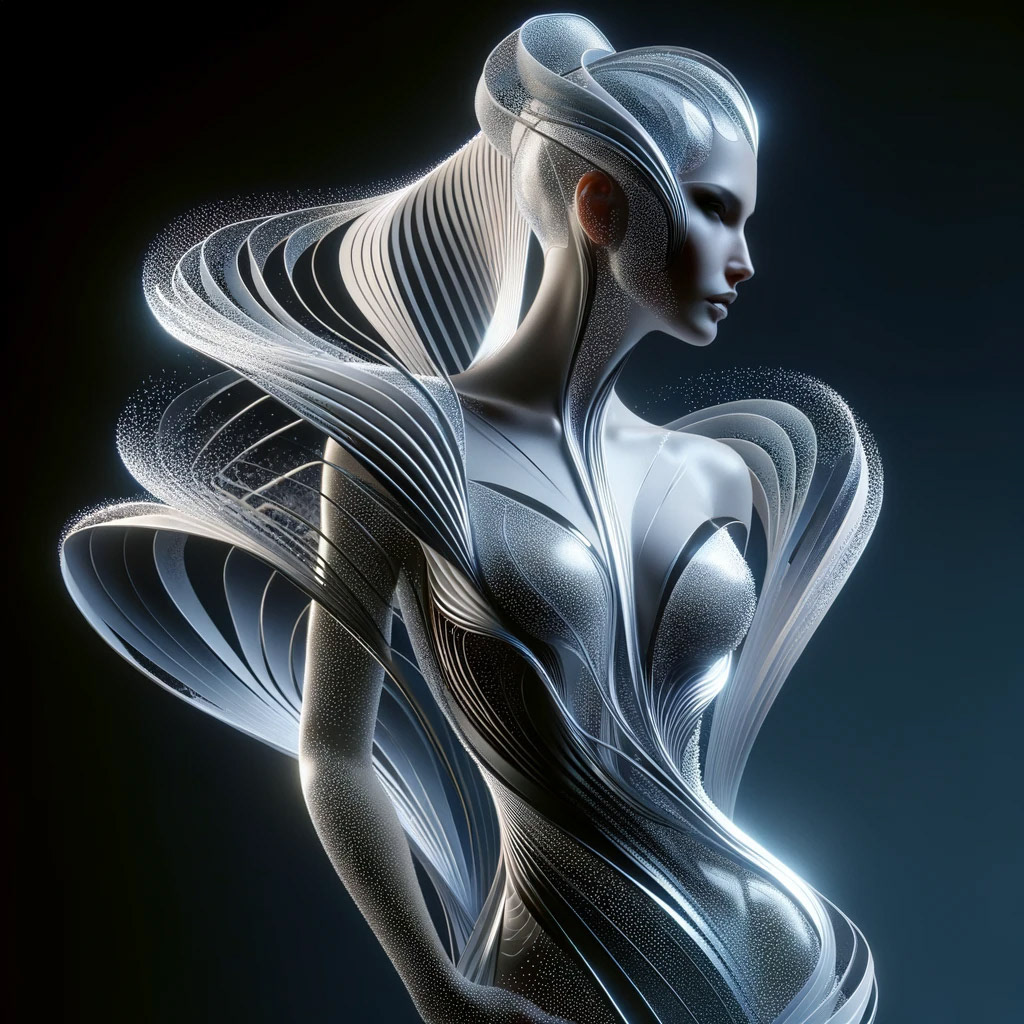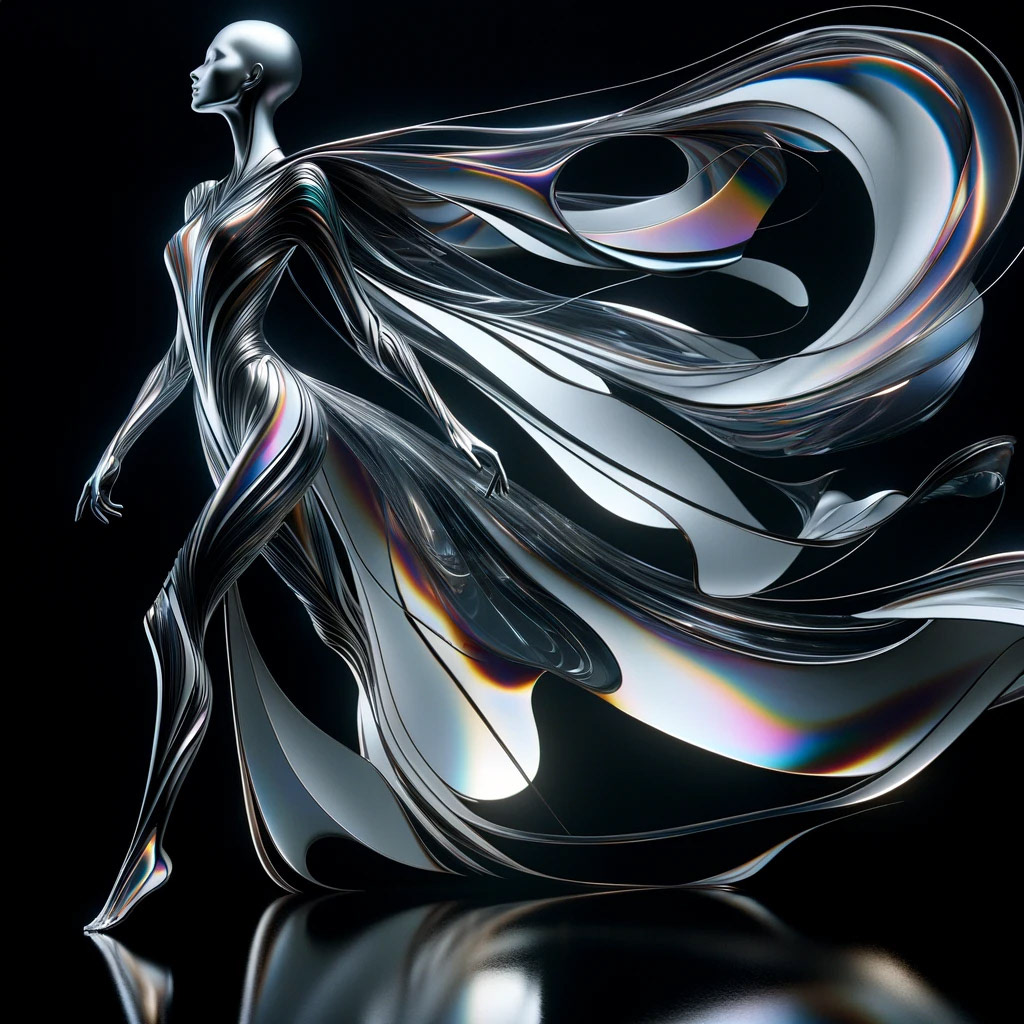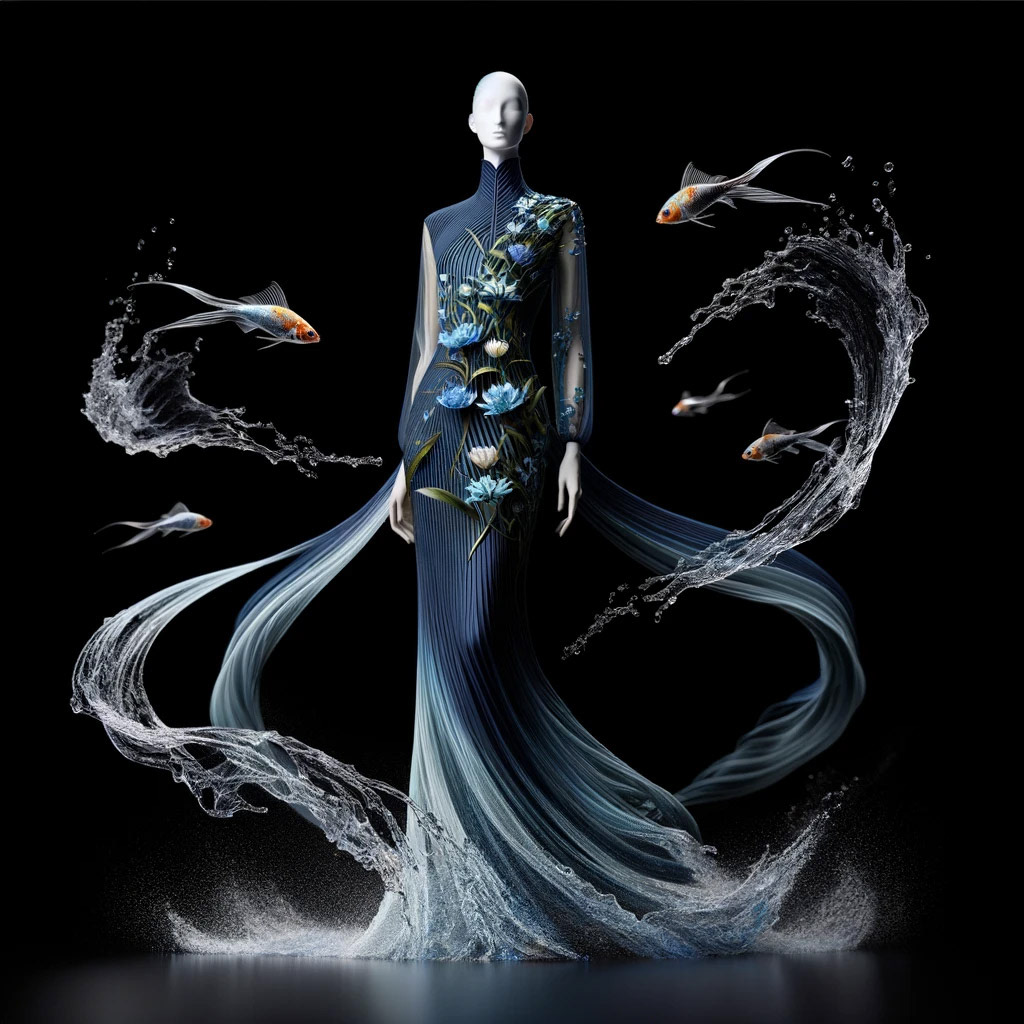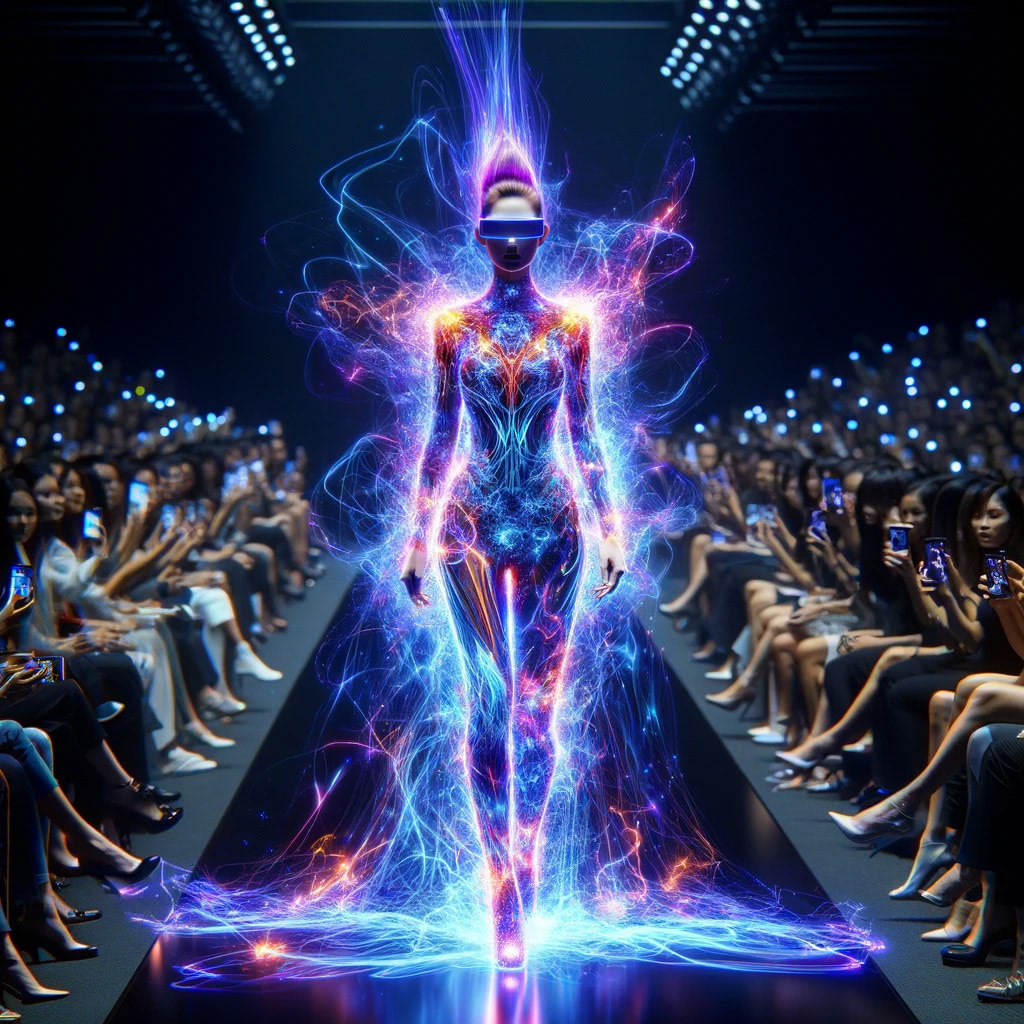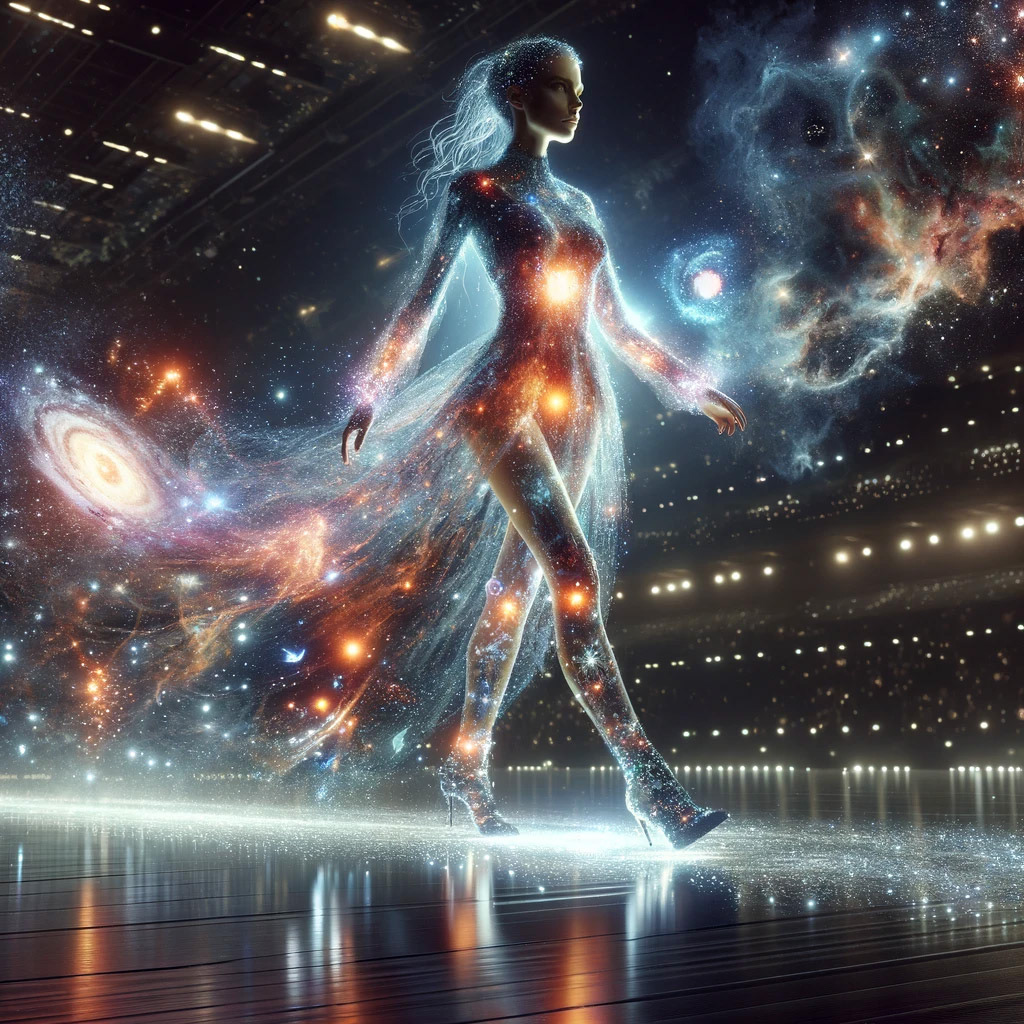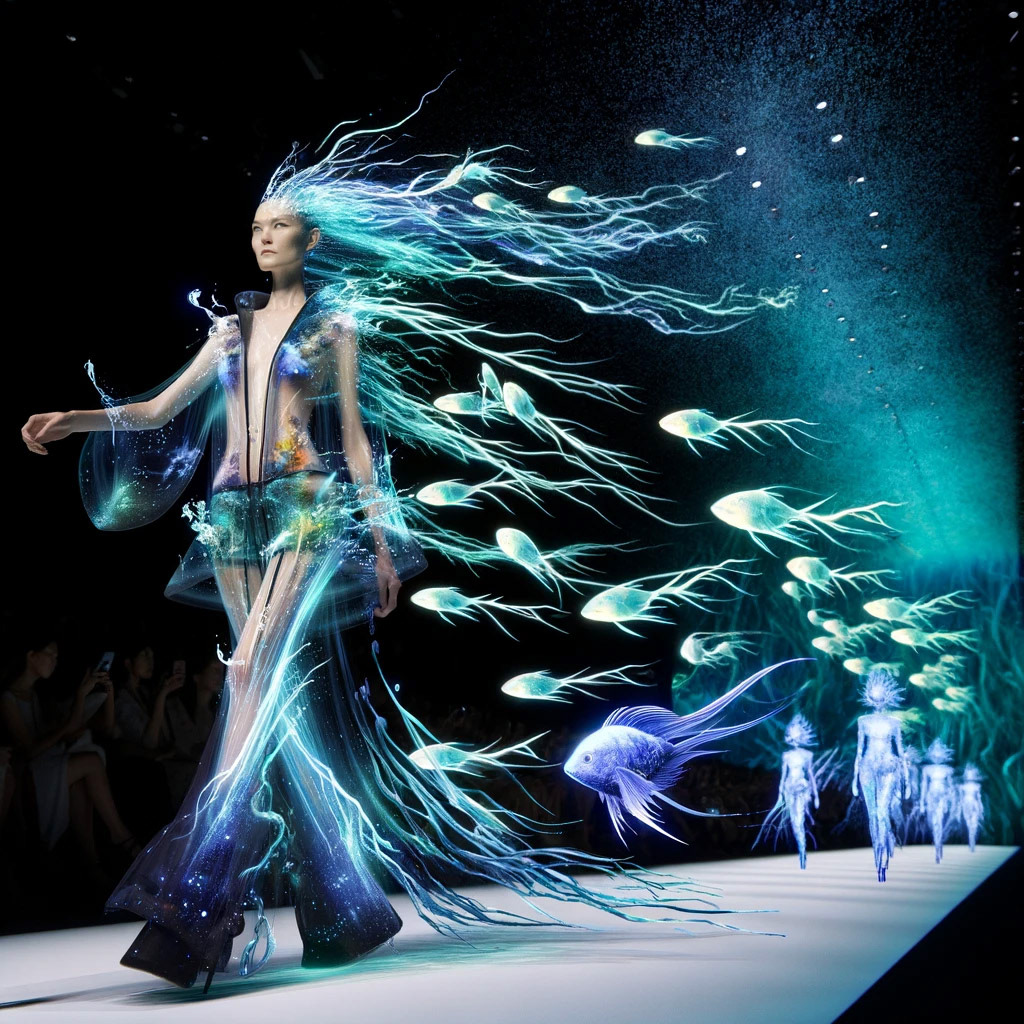Reflections on using AI tools
The images in these three collections are my first, early explorations, using only one tool, and took only a total of a couple of days to make. But many of the ideas behind the images have been with me for years, evolving and reflecting my experiences. There will always be a blithering of ideas, but here, I'll focus first on the ones that persist, and then I can move forward with refinements and shaping new ideas.
Sometimes, I found myself fighting the prompts and searching for tactical solutions; other times, I ran into policy restrictions. Knowing this was my first foray into exploring the tools, with the understanding that the capabilities are rapidly changing, my attitude is to be unattached, and dress for the occasion. My ideas and intentions are what matter most.
I enjoy having a way to quickly establish the ideas visually, to flow through and advance the ideas rather than bogging down in the depiction. Not that I'm throwing out drawing or other creative tools and processes, but as creators, we rely on feedback to probe and develop our ideas.
Each of the three collections gathered so far represents different intentions and varied approaches to the tools.
Representing the concept visualizations leaves much room for interpretation in some cases, and less in others. For example, the Cirque du Soleil performance capture image is specific to my artistic inspirations and vision - you can see some of the original imagery on other parts of this site. The real-time AR runway performance capture and VR therapy imagery are relatively generic in their representation here, but that's good enough to establish the concept. The more sophisticated ideas around brain interfaces, real-time visualization, and new language forms are more nebulous. The more abstract, the more room to let the AI take license in representation and explore.
The fantasy images are perfect for AI exploration, though, in some instances, I have very specific ideas; there's a lot of room to feel those out - this is where I'd like to engage and negotiate the design process with some drawing input. The fractal character images, for example, give me room to steer and mold within my own sensibility but to use AI to reach possibilities beyond, though drawing input could be very helpful.
The humor ideas are often pretty specific, so sometimes it's frustrating to get the prompts to comply, and other times it is liberating. Again, multimodal input to the rescue, whenever that comes to fruition, and I'm sure it won't be long.
Concept visualizations
The ideas in this particular collection have been brewing for many years, going back thirty years to my early interest in motion capture, VR and AR, AI, and brain-computer interfaces.
Though ideas like AR rollercoasters and theme parks may seem like obvious, generic applications of emerging tech, many of them go back to times when AR and VR were distant possibilities, with limitations in hardware, processing power, and other resources making them unlikely. Most of these ideas are still out of reach, but getting closer.
Having a conversation along the way with Chat GPT to explore speculative advances in technology and society was interesting and sometimes even disturbing. Chat was eager to jump in and help, as though it wanted to collaborate.
Rather than simply representing ideas we already have, AI tools can be used for thinking, exploring, and reaching new ideas faster. Growing up, I drew to discover and uncover as a form of notation. It's the same reason I put down ideas in writing - feedback enables us to jump ahead to the next direction.
With motion, we have more visualization. And with Q*, we can ground these speculations in logic and reality, like a digital twin sandbox. We can dynamically simulate our ideas as we explore them, whether alone or with others.

